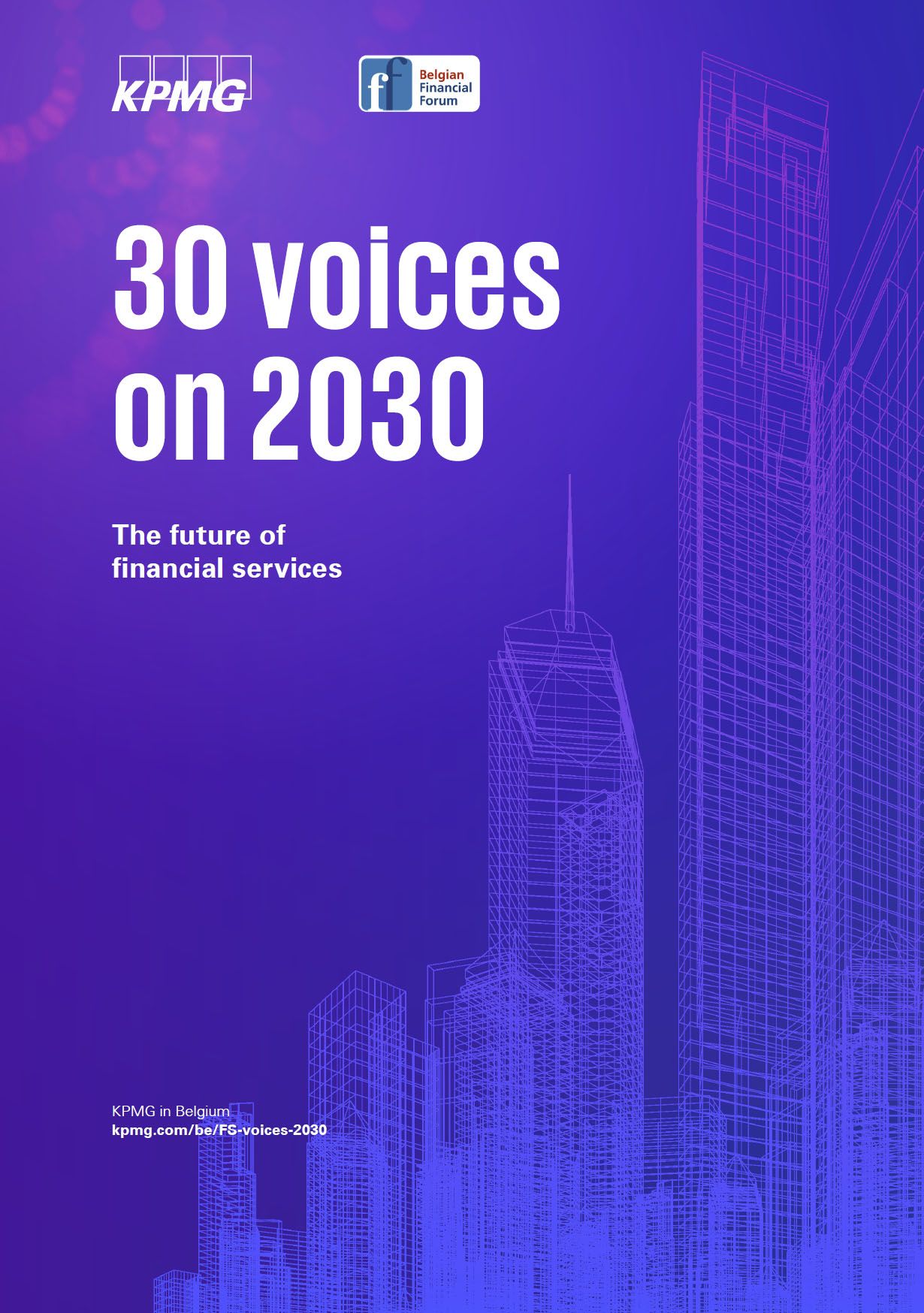Closer cooperation at all levels: with a government that has confidence in the sector and a combined effort between the various parties in the system. This includes closer cooperation between insurers on non-competitive challenges. This sense of partnership has helped Belgium ensure its position as a financial center in 2030. That is what Hein Lannoy, Assuralia‘s managing director, aims for.
It was always an opportunity, but now it has finally come true: Belgium is internationally known as a financial center. Not illogical, we have always had well-performing financial companies, motivated people and universities with a good track record that prepare new talent.
But it was not easy. The major breakthrough was the establishment of a strong partnership with the government. It did not look good for a while. Because of the financial crisis, the banking and insurance sector was in the doldrums, and the government paid close attention to it, but things have improved in recent years.

Hein Lannoy
CEO Assuralia
Societal risks – such as cyber risk – are directly related to this evolution. In our specific roles representing the government and the insurance sector, we realized that it was to our mutual advantage to trust each other and closely work together. Also important: the government has now understood that insurance is essentially about mutualizing risks. The principle of solidarity can only be a limited factor in the concept of private insurance.
We had reached the limits of insurability. Thanks to cooperation with the government, we managed to turn that tide.

Limits of insurability
The government became the one that created opportunities and that provided legal certainty by creating a clear framework based on a level playing field within the European Market. If the obligations for each party are clear and the guidelines provide an explicit demarcation. This makes the difference, on the international market, between looking away and looking towards you.
I am talking about the reinsurance market in particular. This is a market that is global and driven by international players. In the early 20s, they wanted to leave Belgium. The uncertainty was too big for them. As a result, we had reached the limits of insurability. Thanks to the cooperation with the government, we managed to turn the tide.
Business as usual
However, the fact that cooperation with the government has led to a flourishing market does not mean that the business model has changed radically in recent years. Moreover, it still looks exactly the same as it did 10 years ago. Belgium has always been atypical in distribution and that is no different now. A strong network of brokers still ensures that the share of direct insurance is limited.
The balance between insurers and banks is also still the same. Bank insurance services are still not conspicuous in non-life. This is of course the result of the strong banks we have in Belgium. Their comprehensive and very user-friendly apps give them a major advantage.
However, insurers and banks are working better together, and there is consolidation in both markets. Both are the result of the fact that margins have been under severe pressure in recent years. It is and remains a quest for efficiency.
Finally, the classic playing field, including insurers, pension funds and mutual funds has not evolved either. They are and remain the various pillars on which the system in the European Union is based. On this topic, but also on others, we probably expected to see a faster evolution, but we must realize that such things happen slowly. Essentially, it is all about trust. Consumers and governments must trust a new system before they give up another.
Blockchain disruption
What has thoroughly shaken up the market, however, is the increasingly far-reaching digitization. Blockchain in particular had a major impact on the insurance market. Because it has found ways to thoroughly reduce the energy consumption required for this system, it has caused quite a bit of disruption in the market. It is now much easier to rapidly exchange data in complete safety.
Whereas Metaverse has had a limited effect on the market. It occasionally caused alienation. It‘s a virtual world, which adds complexity to our sector. After all, we had enough challenges in real society. Fortunately, the European regulations have become a bit more flexible by allowing both blockchain and metaverse applications to be used.
Assuralia creates common language
In this new world where partnerships are hugely important, there is still room for Assuralia. The need for dialogue in our sector has not gone away. In the event of a claim, there is always exchange of information with a competitor. In addition, ongoing digitalization has enabled us to play our role in standardization even more. We still create the language between insurers, allowing them to communicate with each other.
With all these building blocks in hand, Assuralia has been able over the past decade to work on strengthening its image and making the sector more attractive to the general public. Underneath the dusty image, a self-confident sector emerged. It is an industry that is fully aware of its social responsibility and communicates it clearly and transparently.

Assuralia still creates the language between insurers so that they can communicate with each other.

About the interviewee
Hein Lannoy is Managing Director of Assuralia, the professional association of insurance companies. He has been in this role for more than two years now. Previously, Lannoy mainly worked at various supervisory bodies such as, the former Banking and Finance Commission and its successor FSMA. He was also Director of Consumer Protection and Economic Regulation in the cabinet of Deputy Prime Minister Kris Peeters (in the Michel government). Hein Lannoy is also currently a member of the board at the FEB (Federation of Belgian Enterprises) and chairman of the board of both the Fund for Urgent Medical Assistance and the Ombudsman for Insurance.

30 Voices on 2030: The new reality for financial services
Discover more perspectives from 30 Voices representing the multi-faceted financial services industry.
Download full report ⤓




